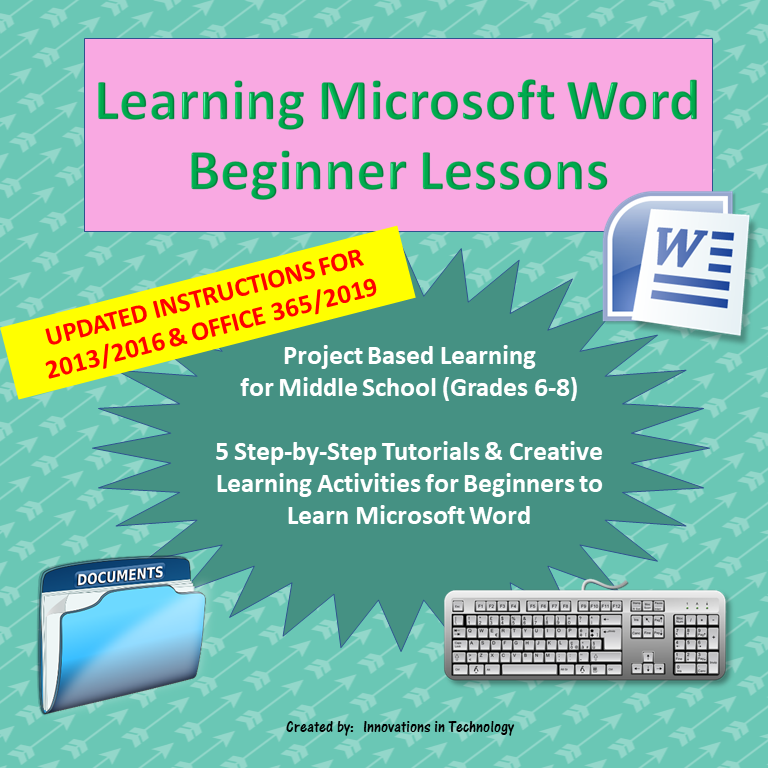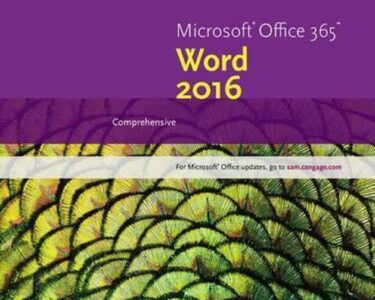
Learning Microsoft Word from Masters in English: A Comprehensive Guide
Microsoft Word is a versatile and widely used word processing software that offers a vast array of features for creating and editing documents. Mastering its intricacies can significantly enhance your productivity and communication skills.
This article provides a comprehensive guide to learning Microsoft Word from masters in English. By following these tips and resources, you can develop a strong foundation in the software and harness its full potential.
1. Enroll in a Course or Workshop:
- Universities and community colleges offer dedicated courses on Microsoft Word. These programs provide structured learning and hands-on practice.
- Online platforms like Coursera, edX, and LinkedIn Learning offer self-paced courses that allow you to learn at your own pace.
2. Read Books and Articles:
- "The Complete Idiot’s Guide to Microsoft Word 2019" by Susan Harkins: A beginner-friendly guide that covers all essential aspects of Word.
- "Microsoft Word 2016: The Complete Reference" by Melissa Jurkiewicz: A comprehensive reference book for advanced users.
- Industry blogs and articles, such as those from Microsoft Office and WordTips, provide up-to-date information and tutorials.
3. Watch Video Tutorials:
- Microsoft Office provides free video tutorials on its website.
- YouTube is a treasure trove of instructional videos created by experts and enthusiasts.
- Consider joining online communities and forums where experienced users share tips and resources.
4. Practice Regularly:
- The best way to master Word is by using it consistently. Create documents, experiment with different features, and seek feedback from others.
- Set aside dedicated time each week to practice your skills.
5. Seek Expert Guidance:
- Contact your instructors or professors for support and guidance.
- Reach out to IT professionals or Microsoft-certified trainers for specialized training.
- Join professional organizations like the American Business Writing Association (ABWA) for networking and learning opportunities.
6. Use Language-Specific Resources:
- Microsoft Word offers specific features for different languages.
- Utilize language-specific tutorials and grammar checkers to ensure accurate word usage and sentence structure.
- Collaborate with native English speakers to refine your writing and incorporate best practices.
7. Stay Updated:
- Microsoft regularly releases software updates with new features and enhancements.
- Keep your software up to date to access the latest functionality and security patches.
- Monitor industry news and trends to stay informed about emerging tools and best practices.
Additional Tips:
- Use keyboard shortcuts to streamline your workflow.
- Customize your toolbar and ribbon to fit your specific needs.
- Create templates for frequently used documents to save time.
- Explore the built-in help function for quick answers to common questions.
- Leverage the online community and support forums for troubleshooting and knowledge sharing.
By following these guidelines, you can embark on a journey to mastering Microsoft Word and effectively communicate your ideas in a clear and concise manner. Remember, consistency and a passion for language will help you excel in this essential software tool.


